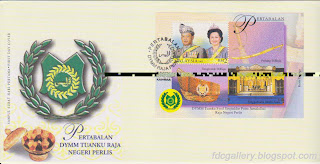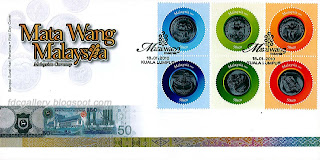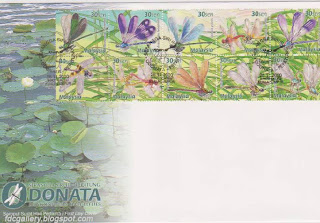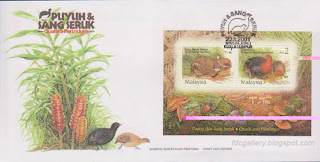 Malaysia will be hosting the 27th Session of the Islamic Conference of Foreign Ministers (ICFM) scheduled to be held from 27-30 June 2000 in Kuala Lumpur in Palace of the Golden Horses Hotel. It would be the second ICFM hosted by Malaysia, the first being the 5th ICFM in 1974.
Malaysia will be hosting the 27th Session of the Islamic Conference of Foreign Ministers (ICFM) scheduled to be held from 27-30 June 2000 in Kuala Lumpur in Palace of the Golden Horses Hotel. It would be the second ICFM hosted by Malaysia, the first being the 5th ICFM in 1974.The ICFM is the second principal body of the Organization of Islamic Conference (OIC) which is responsible for the defining the policies of the Organization. It meets actually to examine the means to implement the general policy of the Organization. It takes decision on issues of common interest in accordance with the goals and objectives of the OIC which principally to safeguard the interest and secure the progress and well being of the Muslim Ummah.
The 27th ICFM is held at the dawn of the new millennium which brings with it new challenges to the Muslim Ummah especially in view of their lagging behind in term of social and economic development and technology. The situation would be further compounded with the so-called globalization and liberalization agenda currently espoused by the developing countries.
Globalization and a borderless world seem very attractive in this Information Age especially in view of the advances made in transportation and communication. While it provides opportunities for the creation of wealth and economic growth, it has brought with it new risks and threats. Malaysia and other developing countries strongly believe that globalization can bring benefits only if it is given a human face and if it is governed by rules and practices to protect the interest of poor and developing countries.
In this regard, the Organization of Islamic Conference (OIC) in its 27th Islamic Conference of Foreign Ministers held in Kuala Lumpur had chosen Islam and Globalization as the theme of the Conference. It is hoped that the Conference would be able to provide better understanding on the issues involved and to prepare the Ummah in facing the perils of globalization.
It is estimated that around 700 delegates from 56 Member States of the Organization if the Islamic Conference and other participants will be participating in the 27th ICFM. Some 300 members of the local and foreign Print / Electronic Media will also cover the Conference.
















































